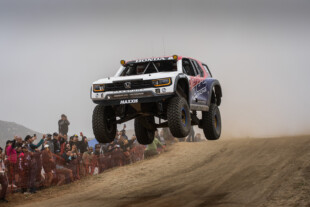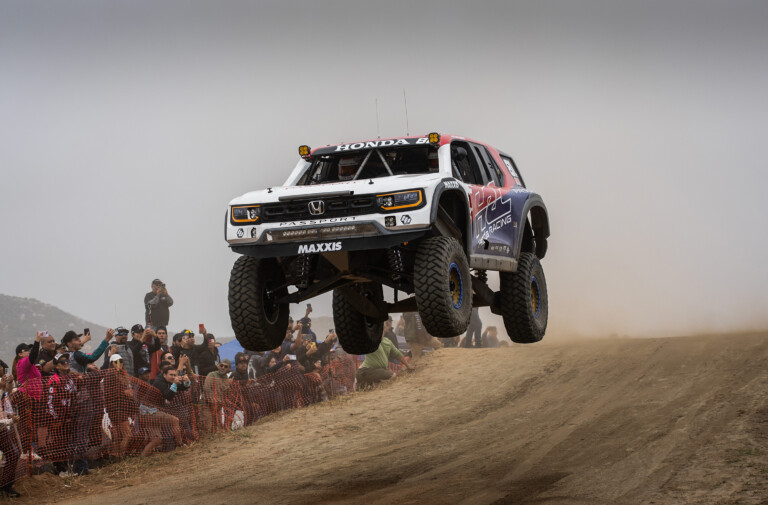Though the surefooted and agile Suzuki Swift is one of those featherweight machines which don’t require much power to turn a quick lap at a technical track like Toronto Motorsports Park. It’s an underestimated car which offers a talented hand the cornering speeds needed to compensate for a relatively low level of power, as well as the braking performance to claw back the distance lost on the straights. Occasionally, the late braking efforts result in a hair-graying moment or two, but that’s all part of the fun.
New Tweaks
Fortunately, the Swift has received a new set of Neo Motorsport brakes since its last feature, as well as a supercharger. Now, the K20 powerplant is force-fed by a Rotrex C38-91 blower, mounted low in the cramped engine bay with Vibrant components. With a little manifold porting and a tune from On-Point Dyno, the engine produces 450 horsepower at the wheels, which is quite a lot when only having to propel 1,750 pounds around. Not too bad for a motor still running stock internals.
To put the power down, Pirelli Trofeo R rubber (the spec tire for the Canadian Sport Compact Series) now wrap the Konig Dial-Ins. That added mechanical grip is complemented by a massive APR wing at the rear and a tailor-made splitter from Custom Carbon Composites. All these additions are completely appropriate given the power-to-weight ratio, and help convince the onlooker that this little econobox is actually the current lap record holder around Toronto Motorsports Park in the CSCS Super Street class.
Capable in Every Department
While the Swift was perhaps once the epitome of a momentum car, it now enjoys enough power to get a clumsy driver out of a mid-corner mishap. As the driven wheels are only nine inches across, wheel spin would seemingly be a major issue — but a strong tune and the nature of the Rotrex means a predictable, incremental build of power that is surprisingly easy to manage.
The rear is quite stiffly sprung too, which seems to help in corner-entry rotation. David’s regular counter-steering is evidence of a pointy car. It’s clearly capable in the braking zones, in the middle of the corner, and when the power is deployed. It’s approachable for something with these stats — David could snag a 1:15.0 while cruising around — but it still needs some getting used to. With a few more hot laps and a functioning set of belts, David should be able to claw his way into the top spot on Speed Academy’s leaderboard.






















